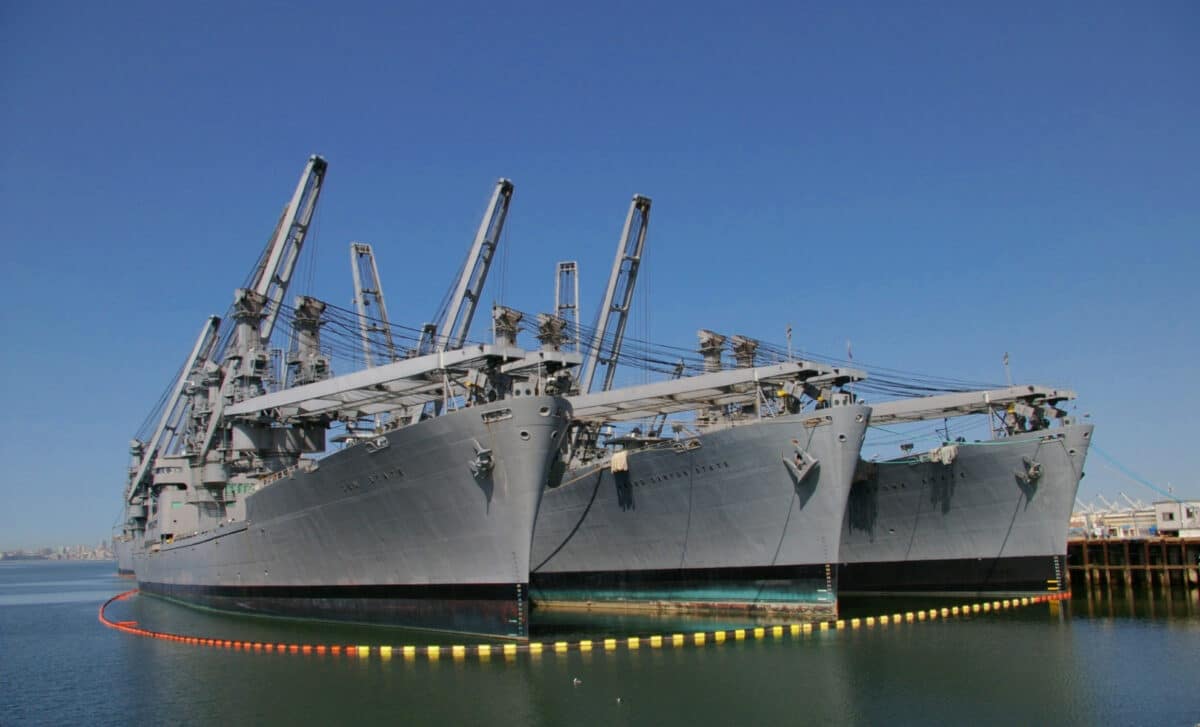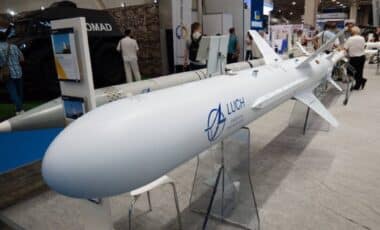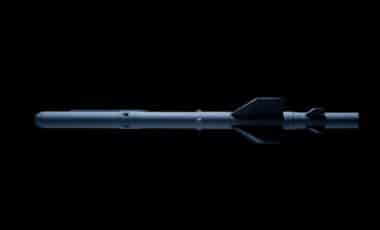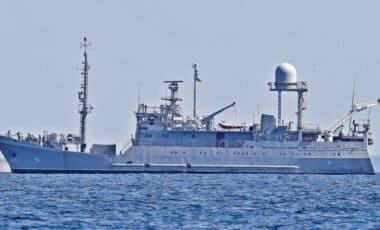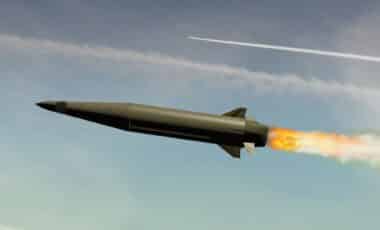The US navy is facing a critical crisis with half of its amphibious assault ships currently in unsatisfactory condition, threatening its operational capabilities. This situation comes at a time when maritime competition in the Indo-Pacific region is intensifying, particularly with the rise of China’s naval power.
Amphibious assault ships are vital for military operations, especially for the US Marine Corps, which relies on them to project power and conduct amphibious warfare. The ability to maintain these ships in operational condition has been declining, raising concerns about the long-term security implications for the United States. According to Armees, these problems stem from a combination of technical difficulties, industrial weaknesses, and political obstacles that have persisted over several years.
Iran Reignites Nuclear Tensions With Bold Challenge to US
Maintenance Shortfalls and Operational Impact
The US Navy set a goal of achieving 80 percent operational availability for its amphibious assault ships but has been unable to meet this target. According to the Government Accountability Office (GAO) report cited by the media, in March 2024, 50 percent of the 32 amphibious ships were deemed in unsatisfactory condition. The breakdown includes six ships from the Whidbey Island class, four from Harpers Ferry, seven from Wasp, twelve from San Antonio, and only two operational ships out of five in the America class.
Maintaining these vessels has grown increasingly challenging since 2022. The GAO highlighted that amphibious assault ships have consistently failed to meet scheduled maintenance since 2010, resulting in a total loss of 28.5 years of training and deployment time. Proposals to retire some older classes, such as Harpers Ferry and Whidbey Island, have been rejected by both the Marine Corps and the U.S. Congress, reflecting the tension between fleet modernization and operational needs.
Technical Difficulties and Strategic Consequences
The recurring technical problems, particularly with propulsion systems, have aggravated the readiness crisis. The U.S. Marine Corps suffers from a shortage of available ships, directly affecting combat training and preparedness. As reported by source, this shortage skews the Marine Corps’ ability to adequately prepare for combat operations.
The GAO recommends revising maintenance policies and reallocating financial resources to improve the maintenance, repair, and overhaul (MCO) of these ships. However, without concrete funding measures, the Navy is likely to continue operating older ships that may not meet current operational demands, which poses risks given the geopolitical pressures in the Indo-Pacific region.
Industrial Challenges and Political Responses
The difficulties in maintaining the amphibious fleet are also tied to broader industrial and political issues. Three main causes are pointed: insufficient industrial inputs, slow adoption of new technologies, and restrictive regulatory frameworks such as the Jones act of 1920. These factors hinder the U.S. shipbuilding sector’s ability to compete with Asian countries like China, which now dominate the global shipyard market with five of the world’s largest facilities.
In response, political initiatives have emerged. President Donald Trump proposed creating a naval shipbuilding office within the White House to coordinate efforts. Furthermore, a bipartisan “save our shipyards act” has been introduced in Congress aiming to revitalize American shipbuilding capacity. Foreign investments, such as those from South Korea into the Philadelphia shipyard, also represent attempts to inject capital and expertise into the struggling sector.

